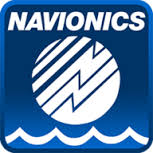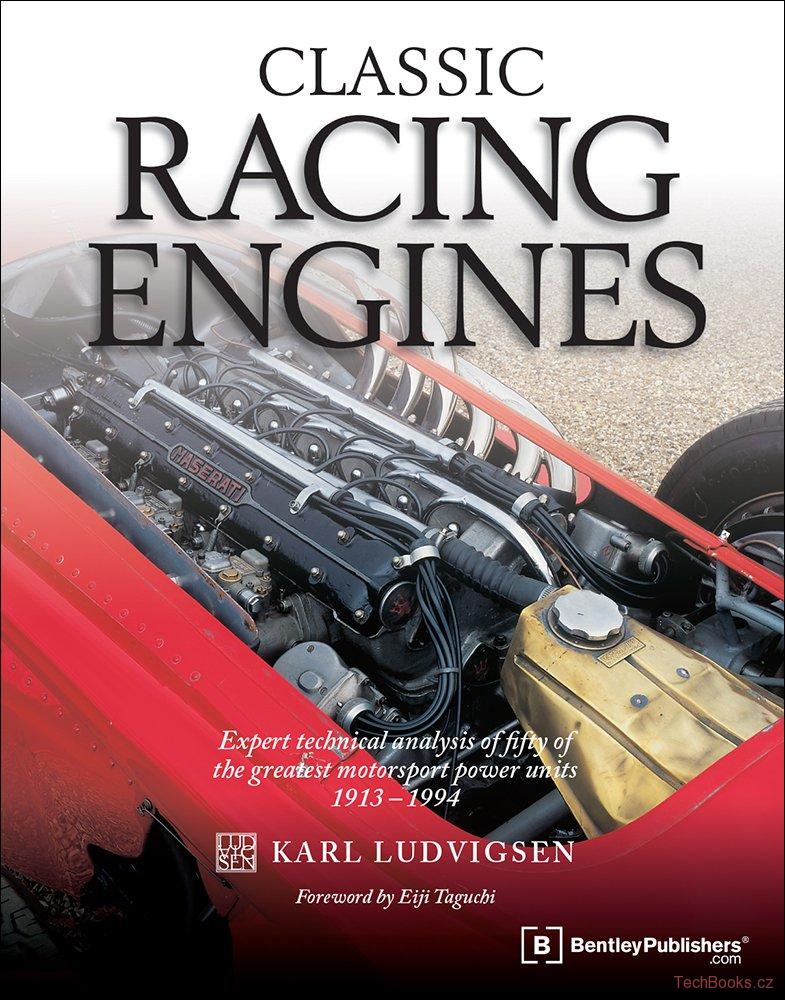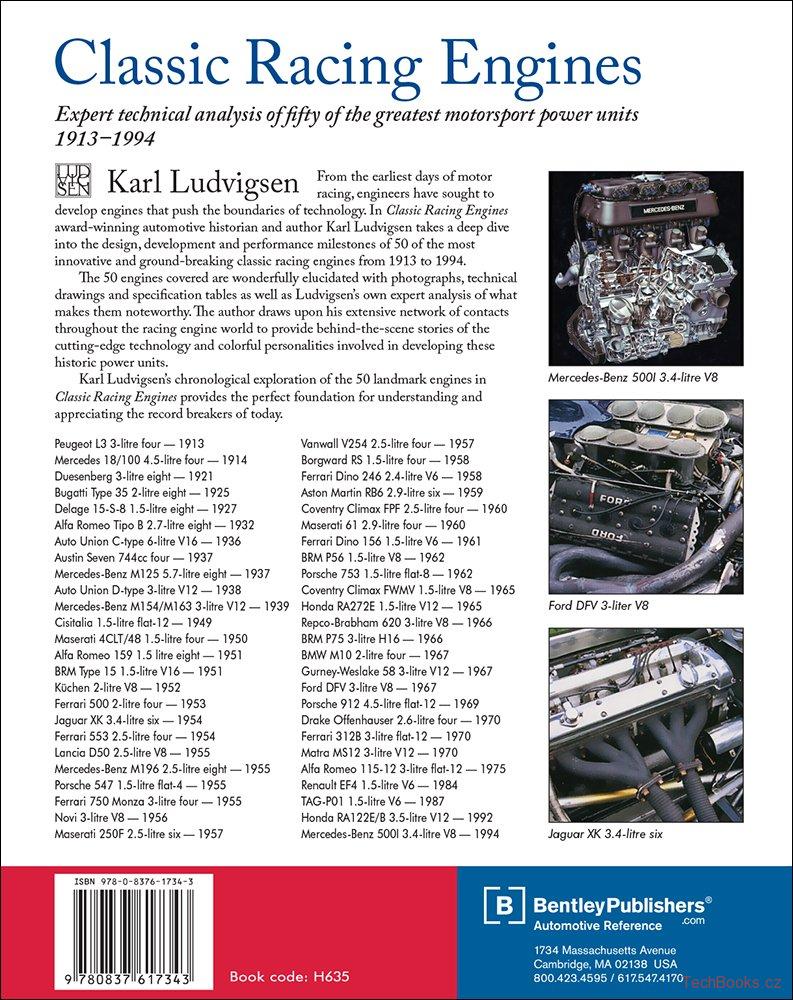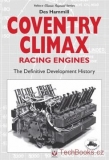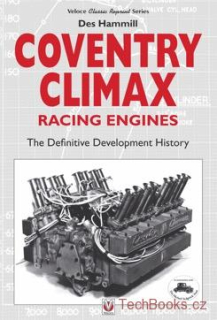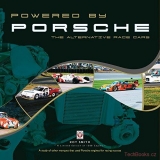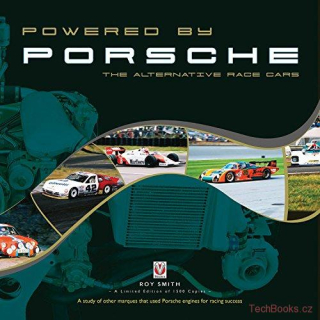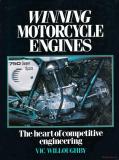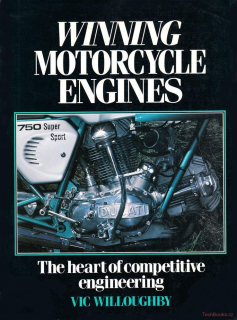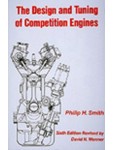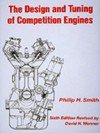Úvod »Automobily osobní a dodávky»Delage » Classic Racing Engines
Classic Racing Engines
Anotace
| Vazba: | Vázaná | ||
| Počet stran: | 226 | ||
| Rozměry v mm: | 210 x 260 | ||
| Počet obrázků: | 255 | ||
| Rok vydání: | 2017 | ||
From the earliest days of motor racing, engineers have sought to develop engines that push the boundaries of technology. In Classic Racing Engines, Karl Ludvigsen, award-winning automotive historian and author of The V12 Engine, takes a deep dive into the design, development and performance milestones of 50 of the most innovative and ground-breaking classic racing engines from 1913 to 1994.
The 50 engines covered are wonderfully elucidated with photographs, technical drawings and specification tables as well as Ludvigsen's own expert analysis of what makes them noteworthy. The author draws upon his extensive network of contacts throughout the racing engine world to provide behind-the-scene stories of the cutting-edge technology and colorful personalities involved in developing these historic power units.
Karl Ludvigsen's chronological exploration of these 50 landmark engines in Classic Racing Engines provides the perfect foundation for understanding and appreciating the record breakers of today.
CONTENTS
- Introduction
- Foreword by Eiji Taguchi
- Peugeot L3 3-litre four - 1913
The principles of racing-engine design are established by a team of renegade drivers and a Swiss engineer - Mercedes 18/100 4.5-litre four - 1914
Aviation engine-design concepts contribute to the winning power unit in the greatest Grand Prix yet held - Duesenberg 3-litre eight - 1921
American style and simplicity defeat Europe's complex engines and begin the straight-eight era - Bugatti Type 35 2.litre eight - 1925
A consummate sense of style was married with exquisite execution to create a great racing car - Delage 15.S-8 1.5-litre eight - 1927
Cost-no-object engineering made its engine one of the finest to power any automobile - Alfa Romeo Tipo B 2.7-litre eight - 1932
Vittorio Jano's straight-eight engine bravely carried the Grand Prix banner for Italy - Auto Union C-type 6-litre V16 - 1936
Sublime engineering created an exceptional engine for a radical rear-engined car - Austin Seven 744cc four - 1937
A mini-masterpiece serves as a memorial to the brief career of a brilliant British engineer - Mercedes-Benz M125 5.7-litre eight - 1937
Apotheosis of the big supercharged straight-eight, it competed in only one Grand Prix season - Auto Union D-type 3-litre V12 - 1938
Engineered with confident elegance, it powered the best-yet mid-engined racing car - Mercedes-Benz M154/M163 3-litre V12 - 1939
It marked the apogee of the achievements of the pre-war Mercedes-Benz engineering and racing department - Cisitalia 1.5.litre flat-12 - 1949
A magnificent design by the Porsche office, it is one of GP racing's most awesome might-have-beens - Maserati 4CLT/48 1.5-litre four - 1950
Tough descendant of a pre-war design, this four-cylinder engine won many races - Alfa Romeo 159 1.5.litre eight - 1951
Progenitor of a modern legend of invincibility, it powered the first two GP World Champions - BRM Type 15 1.5-litre V16 - 1951
British industry backed an ambitious winner which only matured after its racing Formula expired - Küchen 2-litre V8 - 1952
From the workshop of a brilliant German engineer came an engine able to challenge the best - Ferrari 500 2-litre four - 1953
Four Lampredi-designed cylinders were all Alberto Ascari needed to win two World Championships - Jaguar XK 3.4-litre six - 1954
A series-built straight-six provided the lusty heart of a great sports-racing car - Ferrari 553 2.5-litre four - 1954
Against sixes and eights Ferrari's four was surprisingly competitive in the GP racing of 1954 and '55 - Lancia D50 2.5-litre V8 - 1955
We gained a glimpse of the future from the compact V8 that powered Vittorio Jano's Grand Prix Lancia - Mercedes-Benz M196 2.5-litre eight - 1955
So exotic that it intimidated other teams simply by existing, the straight-eight Mercedes was a race winner as well - Porsche 547 1.5-litre flat-4 - 1955
Inheriting its layout from the Volkswagen, the four-cam Porsche racing engine bristled with ingenuity - Ferrari 750 Monza 3-litre four - 1955
Expanding a successful four-cylinder concept to sports-car size produced a versatile short-race winner - Novi 3-litre V8 - 1956
The most potent track-racing car of its era was powered by a centrifugally-supercharged vee-eight - Maserati 250F 2.5-litre six - 1957
Its powerful straight-six offered welcome proof that many cooks can brew a tasty broth - Vanwall V254 2.5-litre four - 1957
While others talked about making a GP engine based on motorcycle power, Tony Vandervell did it - and successfully - Borgward RS 1.5-litre four - 1958
Four valves per cylinder and direct fuel injection? Germany's Borgward had it in the I950s - Ferrari Dino 246 2.4-litre V6 - 1958
Ferrari's knack for making a very good big engine from a good little one was shown by his first vee-six - Aston Martin RB6 2.9-litre six - 1959
Backed by the resources of David Brown, a small British sports-car maker equalled the world's best on the track - Coventry Climax FPF 2.5-litre four - 1960
One of the simplest engines ever to win a World Championship, the FPF was nevertheless subtly sophisticated - Maserati 61 2.9-litre four - 1960
Improvisation and ingenuity created a great sports-racing engine and car for a troubled company - Ferrari Dino 156 1.5-litre V6 - 1961
A lighter, smaller, lower and more powerful V6 achieved a World Championship against Ferrari's wishes - BRM P56 1.5-litre V8 - 1962
Elements of the ill-fated BRMVI6 contributed to the success of a new V8 engine for the 1 ½-litre Formula 1 - Porsche 753 1.5-litre flat-8 - 1962
In spite of its confused and compromised origins this air-cooled eight was a race winner for Porsche - Coventry Climax FWMV 1.5-litre V8 - 1965
'No-frills' engineering and rigorous development created the V8 that powered Jim Clark to two World Championships - Honda RA272E 1.5-litre V12 - 1965
Formula 1's first Japanese competitor sought and found high power in high revolutions - Repco-Brabham 620 3-litre V8 - 1966
A shrewdly simple V8 conceived as a stopgap solution by Jack Brabham propelled him to yet another World Championship - BRM P75 3-litre H16 - 1966
BRM's second try at a I6-cylinder FI engine was more successful than its first: it won one championship GP - BMW M10 2-litre four - 1967
With a radical cylinder-head concept Ludwig Apfelbeck enticed BMW into single-seater racing - Gurney-Weslake 58 3-litre V12 - 1967
An Anglo-American V12 overcame design and manufacturing problems to make motor racing history - Ford DFV 3-litre V12 - 1967
Ford of Britain reaped rich rewards from its sponsorship of a new V8 from the brain of Keith Duckworth - Porsche 912 4.5-litre flat-12 - 1969
Porsche's rich patrimony of power-producing ideas combined to create a magnificent engine for its Type 917 - Drake Offenhauser 2.6-litre four - 1970
An engine that refused to die, the feisty Offy made a turbo-driven comeback in Indy-car racing - Ferrari 312B 3-litre flat-12 - 1970
Ferrari had failed to capitalize on the opportunity offered by the 3-litre GP Formula 1, but the 312B put that right - Matra MS12 3-litre V12 - 1970
Conceived for Formula 1 racing, the elegant Matra V12 came into its own in prototype sports cars - Alfa Romeo 115-12 3-litre flat-12 - 1975
A successful sports-ear-racing flat-I 2 had the power but not the lightness needed for Formula 1 - Renault EF4 1.5-litre V6 - 1984
A V6 built for sports cars was turbo-powered to create a revolution in Formula 1 racing engines - TAG-P01 1.5-litre V6 - 1987
An alliance between McLaren and Porsche financed by TAG produced a championship-winning vee-six - Honda RA122E/B 3.5-litre V12 - 1992
New technologies enriched the capability of one of the last VI2 engines to be built for Formula 1 - Mercedes-Benz 5001 3.4-litre V8 - 1994
An opportunistic engine with pushrod-operated valves brought Mercedes-Benz a historic Indianapolis victory










